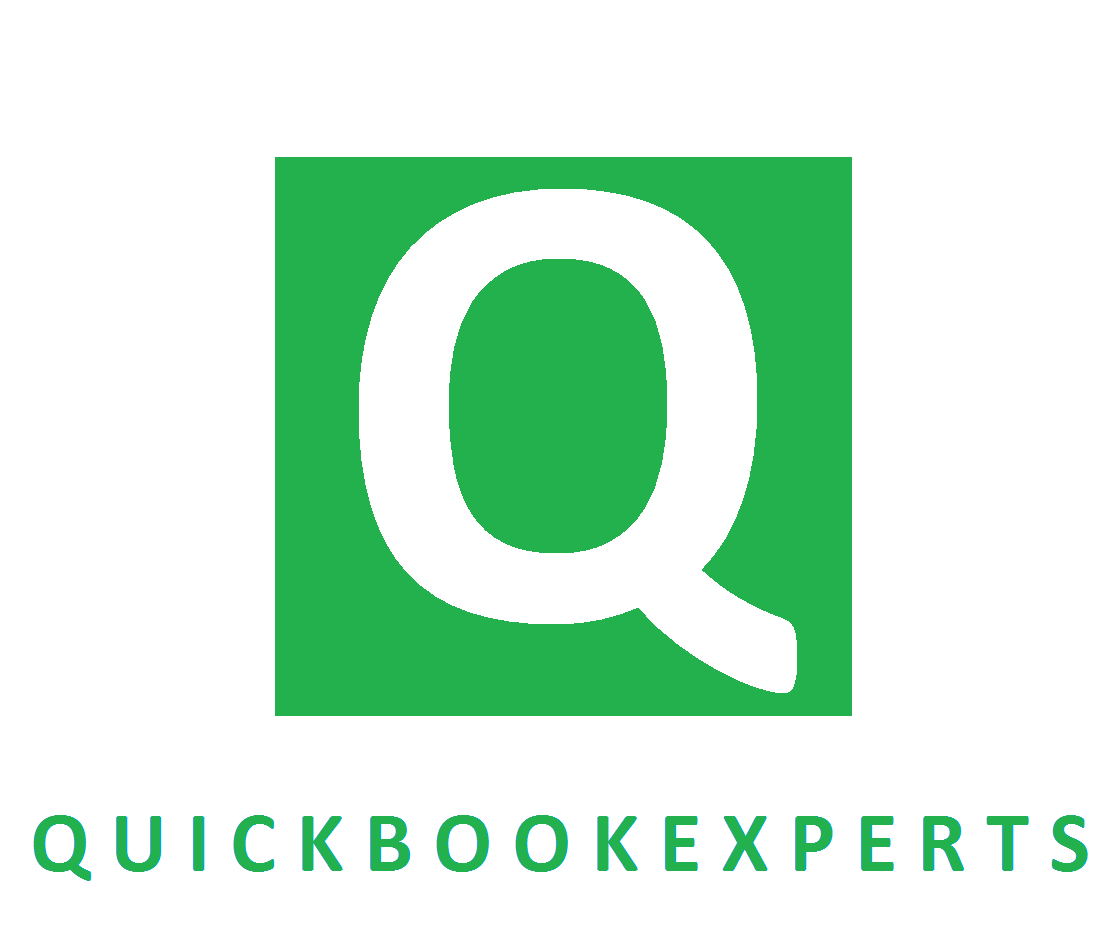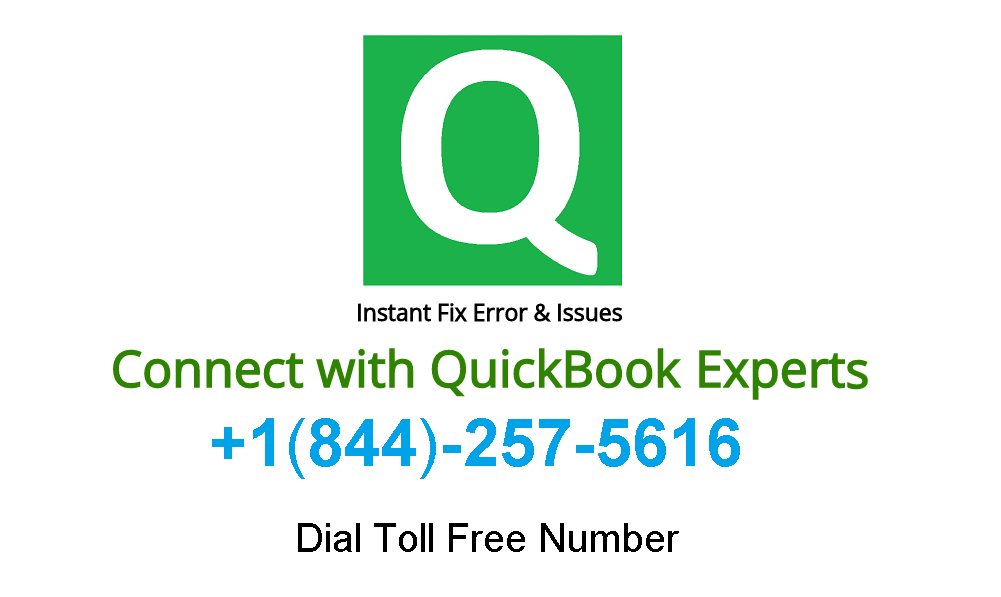This article explains negative inventory – its possible causes as well as it effects on your company file. It also outlines steps to Fix negative inventory issues in QuickBooks Desktop.

Negative Inventory overview
Negative Inventory is caused by entering sales transactions before entering the corresponding purchase transactions, i.e., you sell inventory items that you do not have in stock.
When you sell items that you have entered into your company file
- You purchase items using the Items Tab on an item receipt, bill, check or a credit card charge, debiting inventory and crediting A/P, Cash, or Credit Card Payable.
- You sell items on invoices or on sales receipts, but never more items than you have on hand.
- The sales transaction actually records two transactions:
- The Sales/Receivable transaction, debiting A/R and crediting Sales
- The Inventory/COGS transaction, crediting Inventory and debiting COGS.
- You run P&L and expense reports which show the invoices and sales receipts because they record both the income and the expenses.
- You run B/S reports which show item receipts, bills, checks and credit card charges because they record increases in inventory and they show invoices and sales receipts because they record the decreases in inventory.
When you sell items that you have NOT entered into your company file
- The invoice records the Sales/Receivable transaction as expected.
- For the Inventory/COGS transaction, QuickBooks assumes that the average cost of the items not on hand is either:
- The same average cost as the items you had on hand OR
- The Item Cost from the Item List.
- QuickBooks records the Inventory/COGS transaction using the assumed cost.
- If the next purchase is not at the assumed cost, then the purchase transaction must record an adjustment to Inventory and COGS to correct for the difference.
- Because the bill now affects COGS, it appears on the P&L and other reports that show expenses.
Important
|
How to view negative inventory
Negative Inventory can show up on your Balance Sheet but primarily it shows on the following reports to Fix negative inventory issues in QuickBooks Desktop:
Inventory Valuation Detail (IVD) report
The IVD is the ONLY report that you can use to evaluate the extent of your negative inventory. Negative inventory shows with negative numbers in the Quantity on Hand (QOH) column.
- Go to the Reports menu.
- Select Inventory, then select Inventory Valuation.
Negative Item Listing report
If you are using QuickBooks Enterprise 15.0 and later, you can use the Negative Item Listing report. Note that it shows current negative quantities but NOT the past negative quantities.
- Go to the Reports menu.
- Select Inventory, then select Negative Item Listing.
If you are using QuickBooks Premier or Enterprise 2014 or earlier without Advanced Inventory, you can use your Inventory Center.
- Go to the Vendors menu.
- Select Inventory Activities, then select Inventory Center.
- On the top left of the Inventory Center window, change the filter from Active Inventory to Assembly to QOH <=Zero.
Issues you may encounter
A new inventory item has no average cost
- You created a new inventory item, with an Item Cost, but without an initial QOH/VOH.
- This leaves the item without an average cost.
- The first transaction to use the item was an invoice instead of a bill, check, credit card charge or Adjust Qty/Value On Hand (IAD).
- The sale forces the item into negative inventory.
- The invoice, without an average cost with which to credit inventory and debit COGS, uses the Item Cost from the Item List
- You purchase the item for a cost different than the Item Cost.
- The bill contains an adjustment to Inventory and COGS for difference between the Item Cost and the actual purchase cost, thus causing it to show on the P&L report.
Selling inventory that you do not have has driven your Quantity On Hand (QOH) negative and can cause incorrect Cost of Goods Sold (COGS) on your P&L report.
- You create a new inventory item without an Item Cost.
- You sell that item without purchasing any inventory.
- QuickBooks has no information from which to calculate the average cost, so it must assign an average cost of $0.00.
- This distorts your COGS and your inventory.
- They are not corrected until you establish an average cost with a bill, check, credit card charge or Adjust Qty/Value On Hand.
Negative inventory causes errors on vendor reports
The Inventory/COGS transaction is normally on the invoice. Selling out-of-stock inventory causes your next bill to contain an adjusting Inventory/COGS transaction. These adjustments are associated with the vendor and appear on vendor reports.
Inventory Assemblies show incorrect COGS on job costing reports
If you sell assembly items when you have an insufficient quantity on hand, and when you later build assembly items with a cost different from the average cost, the build transaction will have an adjusting Inventory – COGS transaction that is normally included in the invoice. The build transaction does not enable you to enter either a customer:job name or a class so that job costing and class reports cannot include the adjusting transactions.
To keep accurate inventory records, including COGS, it is important to prevent inventory quantities from falling into a negative status. Avoid selling assembly items when there is an insufficient quantity on hand. If a sale is made when the QuickBooks records have not yet been updated with build information, be sure to enter the build transaction before the sales transaction to help ensure correct reporting.
Note: Negative inventory can put your cash basis balance sheet out of balance
How to fix negative inventory
Reminders before attempting these solutions
|
Your first transaction(s) for an item are sales
If your inventory reports are incorrect because you have not established an average cost, you can cause them to display the correct values by assuring that the earliest dated transaction for an item is a bill, check, credit card charge or Adjust Qty/Value on Hand to Fix negative inventory issues in QuickBooks Desktop:
- From the QuickBooks Reports menu, choose Inventory, then select Inventory Valuation Summary.
- QuickZoom an item that is showing incorrect values by double clicking the item name. This opens the Inventory Valuation Detail report for the item. The transactions associated with this item are listed in order by date.
- QuickZoom the first Bill listed to open the Enter Bills window.
- Change the date on the bill to a date earlier than the first invoice listed on the detail report you opened in Step 2.
- Click Save & Close to record the bill with the new date.
- Repeat Steps 2 through 5 for each incorrect item.
You have sold inventory items without recording purchases
You may have entered Bills with accounts and not inventory items. If so, edit the Bills change the entries from the Expenses Tab to the Item. Be aware that this may alter your inventory expenses. Consult with your accounting professional before undertaking this process.
You have entered purchases or adjustments before entering sales
If you can do so legitimately, adjust the transaction dates such that bills are dated before invoices:
- In the menu bar, select Reports > Inventory > Inventory Valuation Detail.
- Select the Dates drop-down arrow, then select All.
- Scroll through the report to an item that is showing a negative amount in the On Hand column.
- If you can do so legitimately, adjust the dates of the bills and/or invoices so that the bill dates are before the invoice dates.
- Repeat steps 2 through 4 for each item with a negative amount in the On Hand column.
How to prevent negative inventory
To prevent these issues from occurring: Do not sell inventory items until you have purchased them and entered the purchases into QuickBooks.
Set up inventory items with an opening balance
- Create a new inventory item, then enter the necessary information.
- At the bottom, enter you QOH and Value to establish an average cost.
- If you do not have any units on hand, enter a purchase BEFORE entering a sale.
Use Sales Orders or Estimate to enter sales for which you do have inventory
- Enter the customer order as a Sales Order -OR-
- Enter the customer order as an Invoice, then mark the Invoice as Pending (Edit > Mark Invoice as pending).
- Purchase the inventory items, then enter the purchase into your company data file.
- Convert the Sales Order to an Invoice -OR- mark the Invoice as final (Edit > Mark Invoice as Final).
Use Pending Invoices to enter sales for which you do have inventory
- Enter the customer order as an Invoice.
- In the menu bar, select Edit, then Mark Invoice As Pending.
- Purchase the inventory items and enter the purchase into your company data file.
- In the menu bar, select Edit, then Mark Invoice As Final.
- Adjust the Invoice date to the date on which the goods are shipped to the customer.

